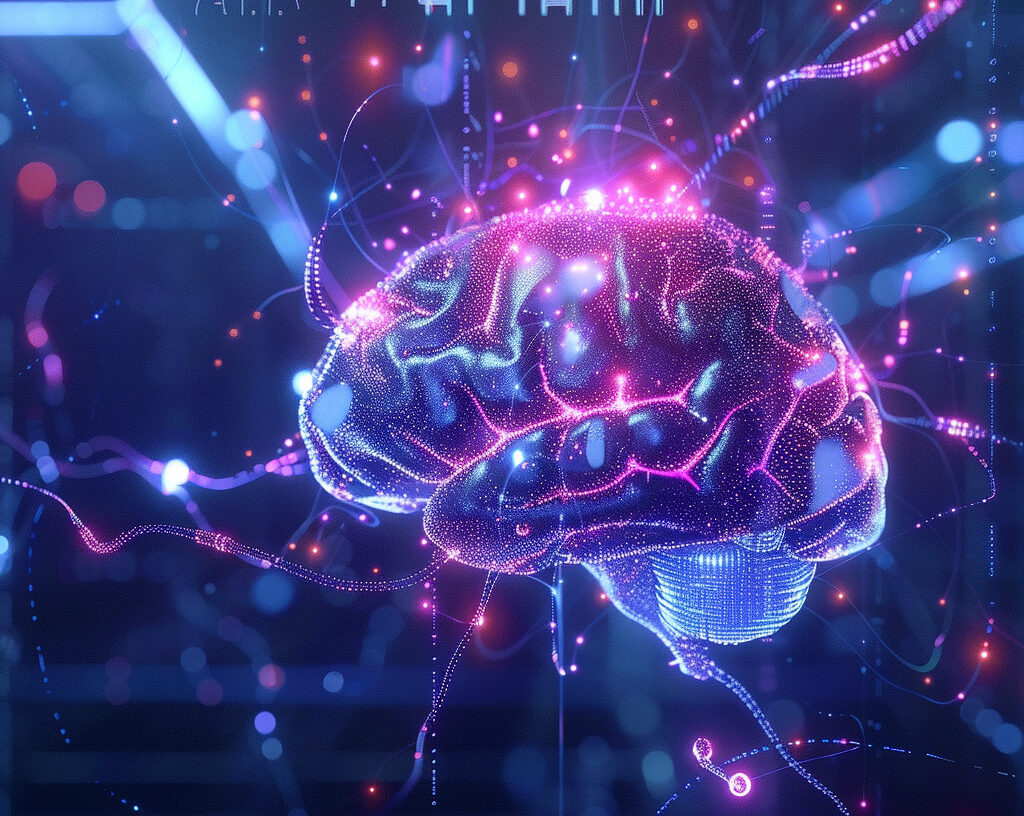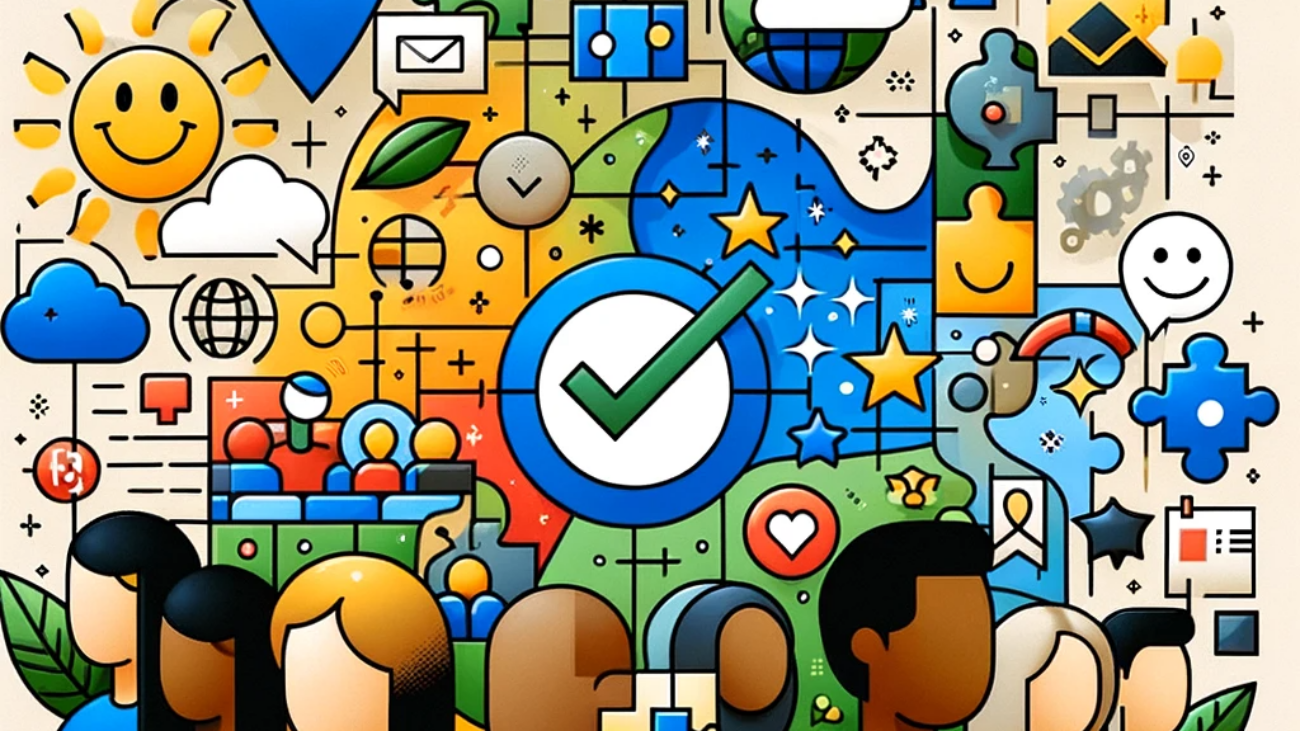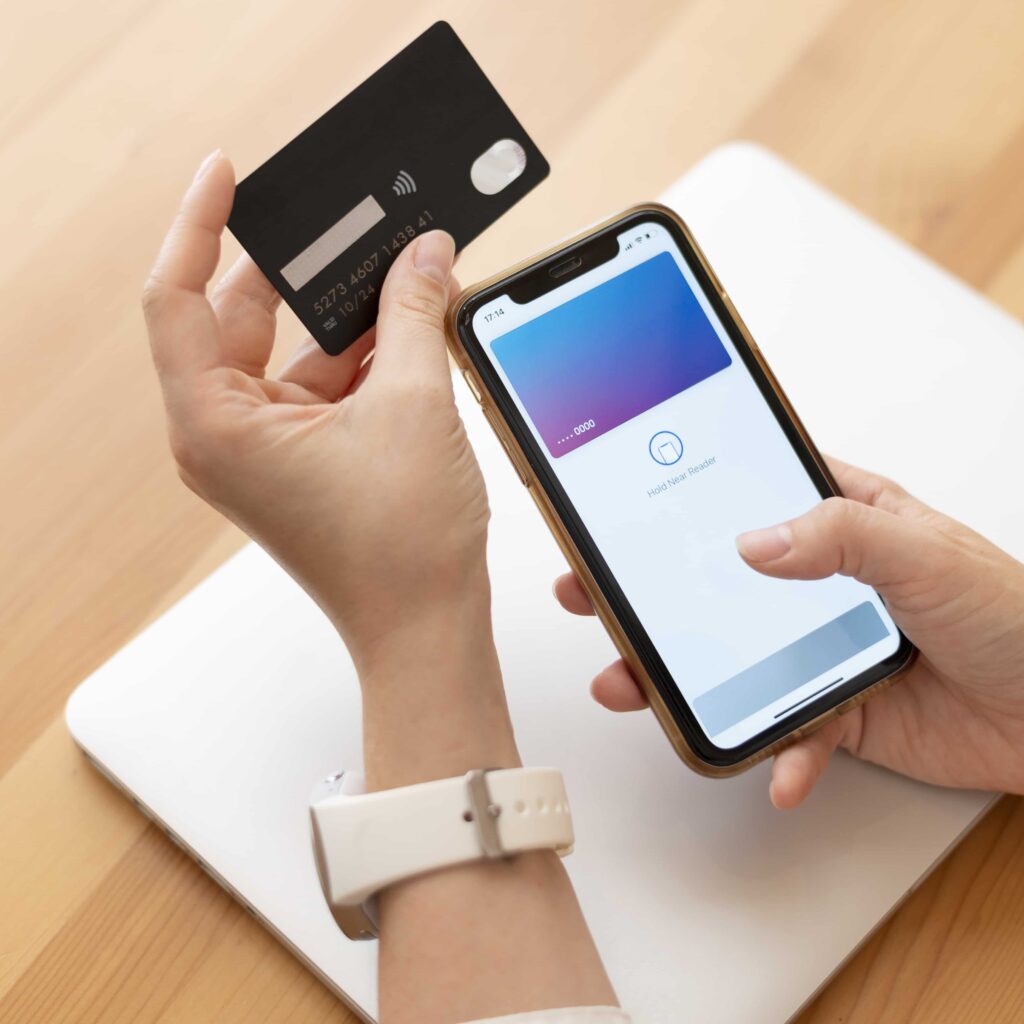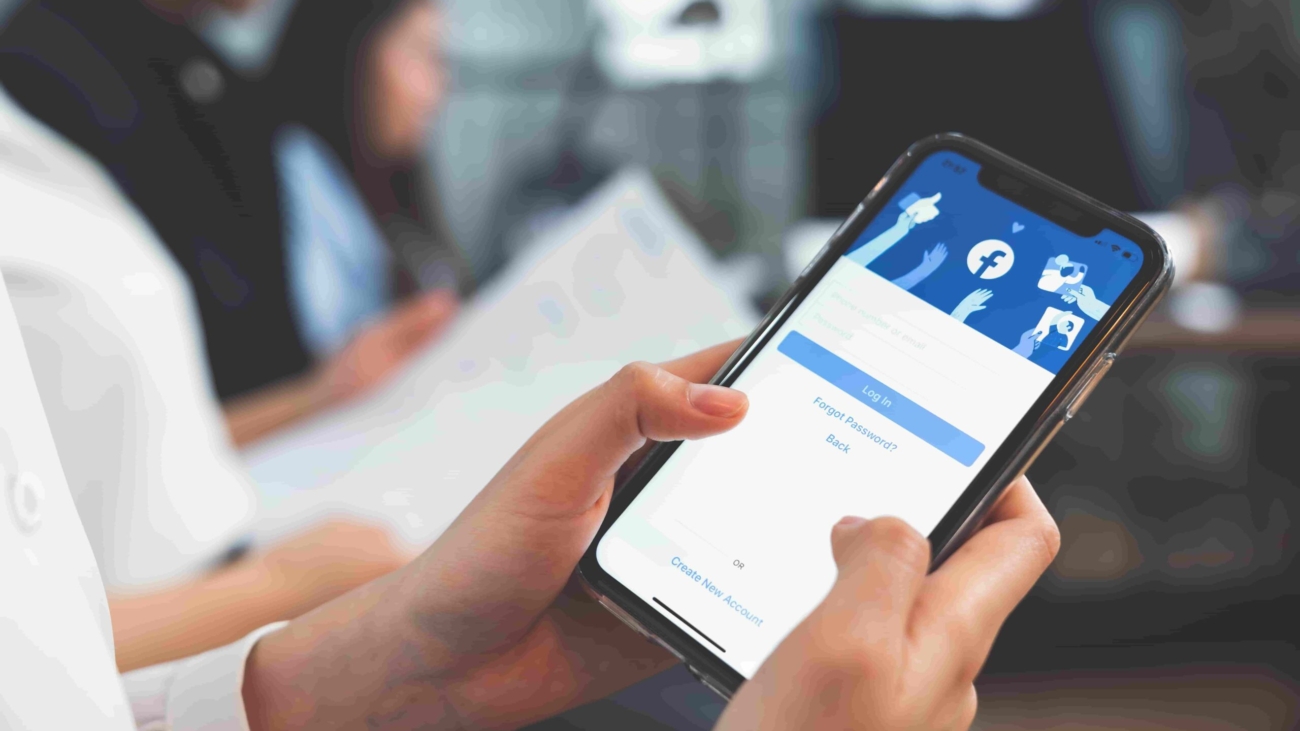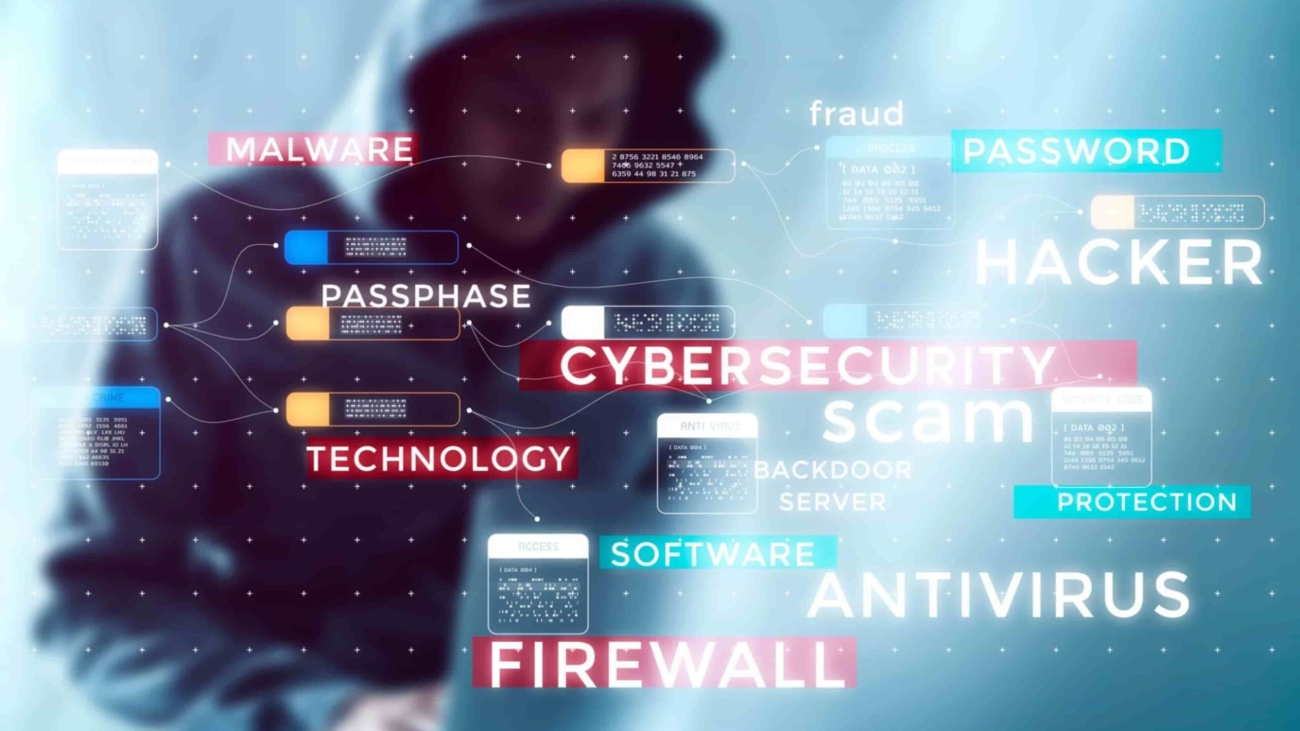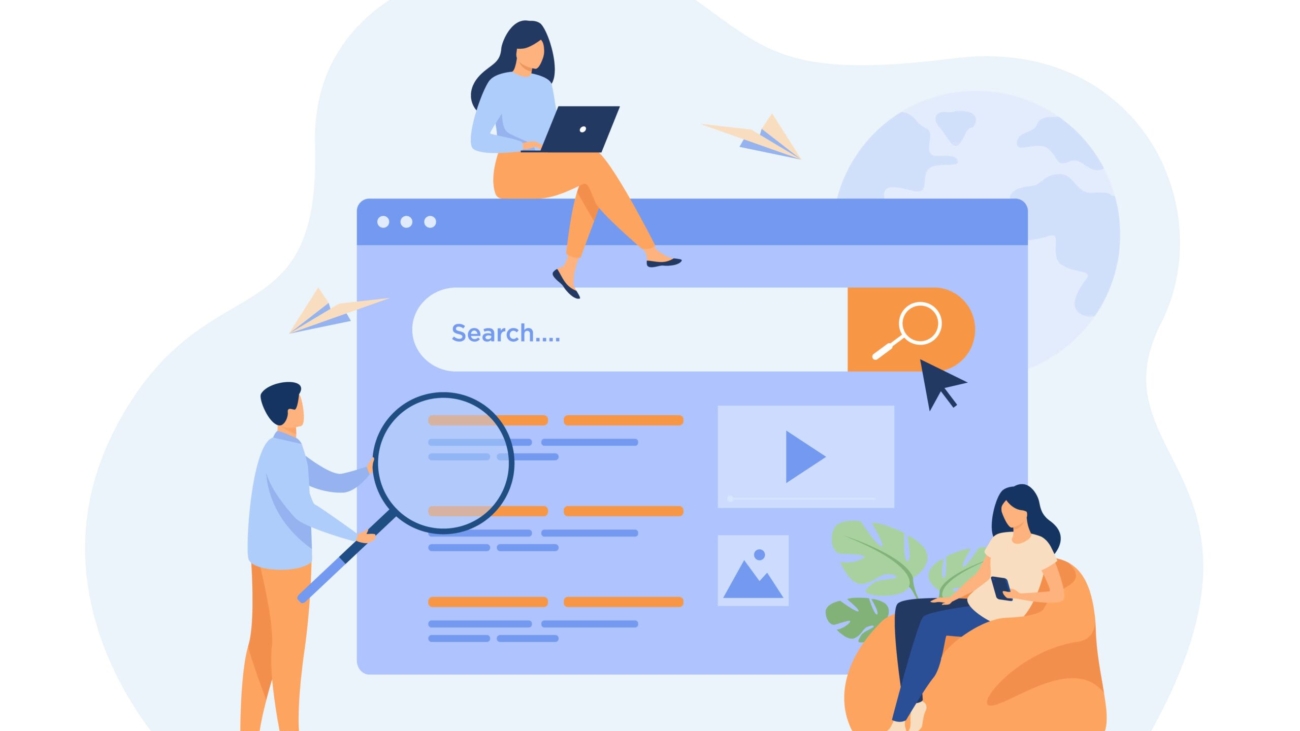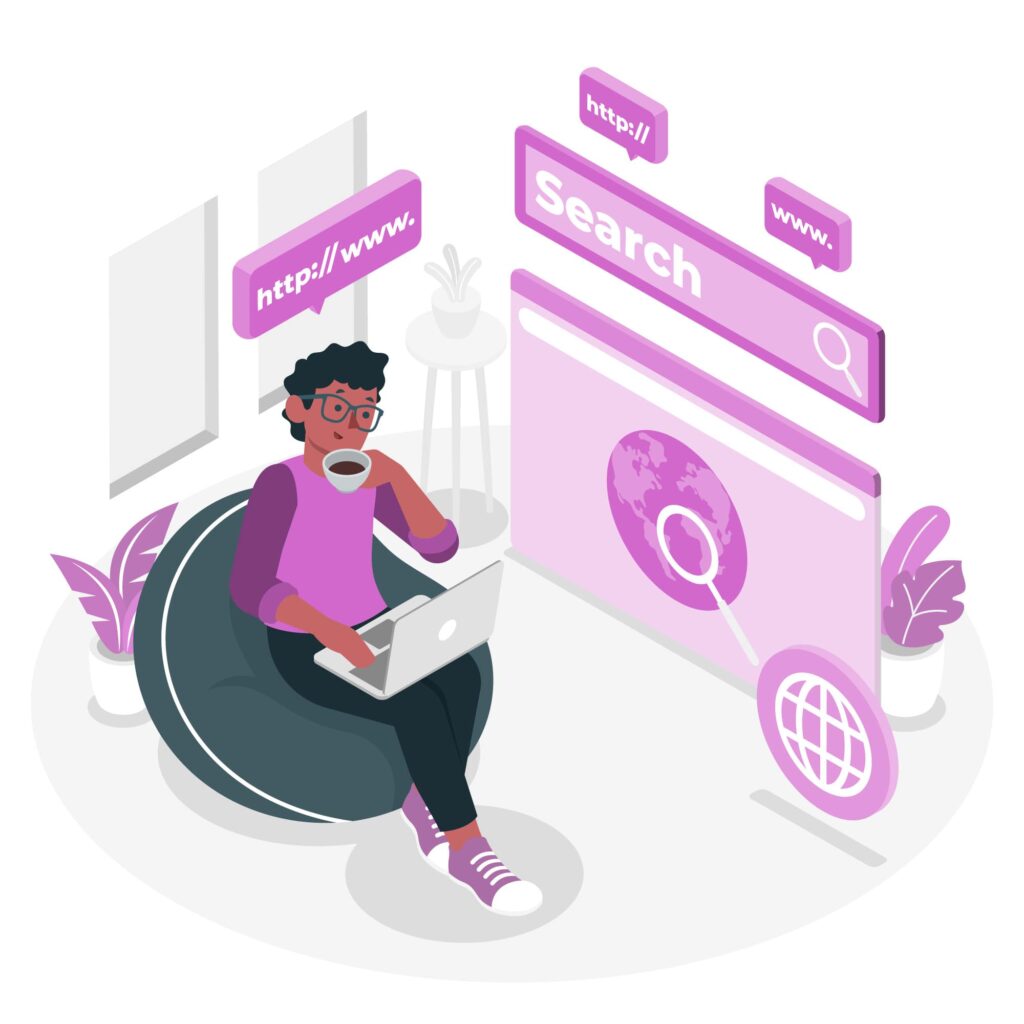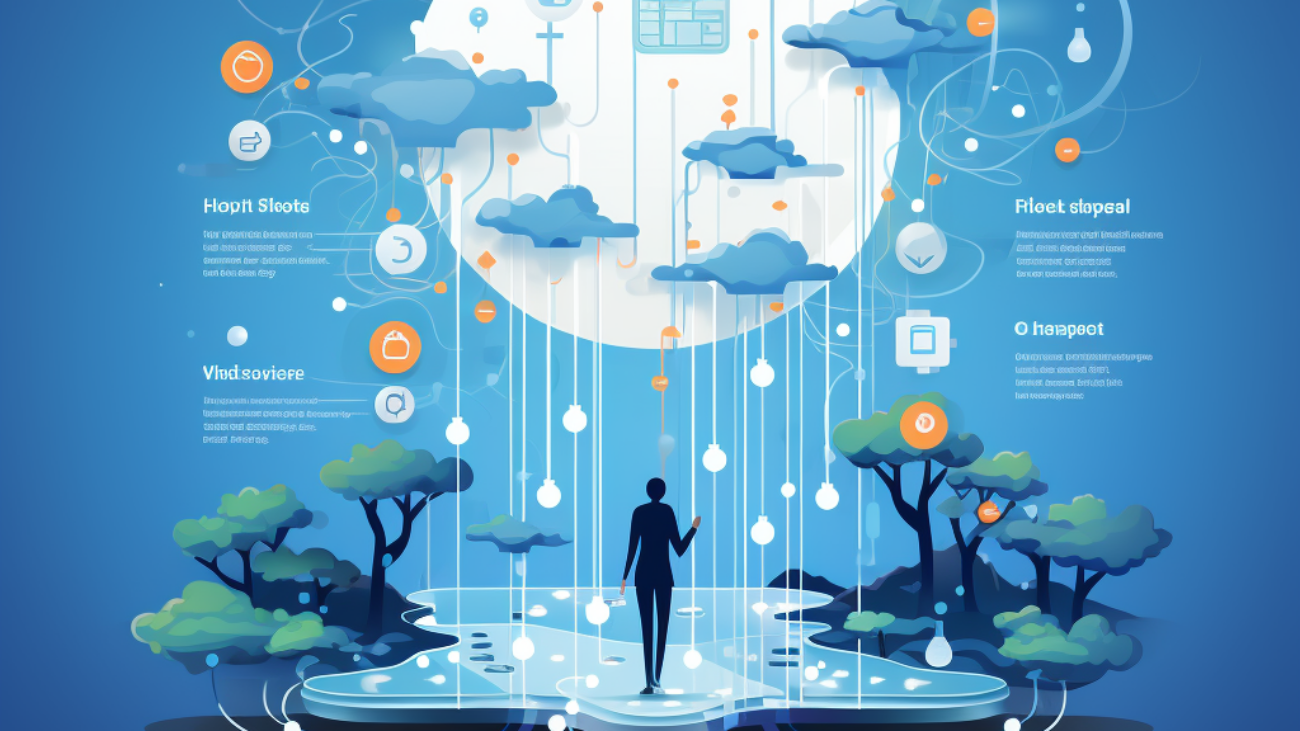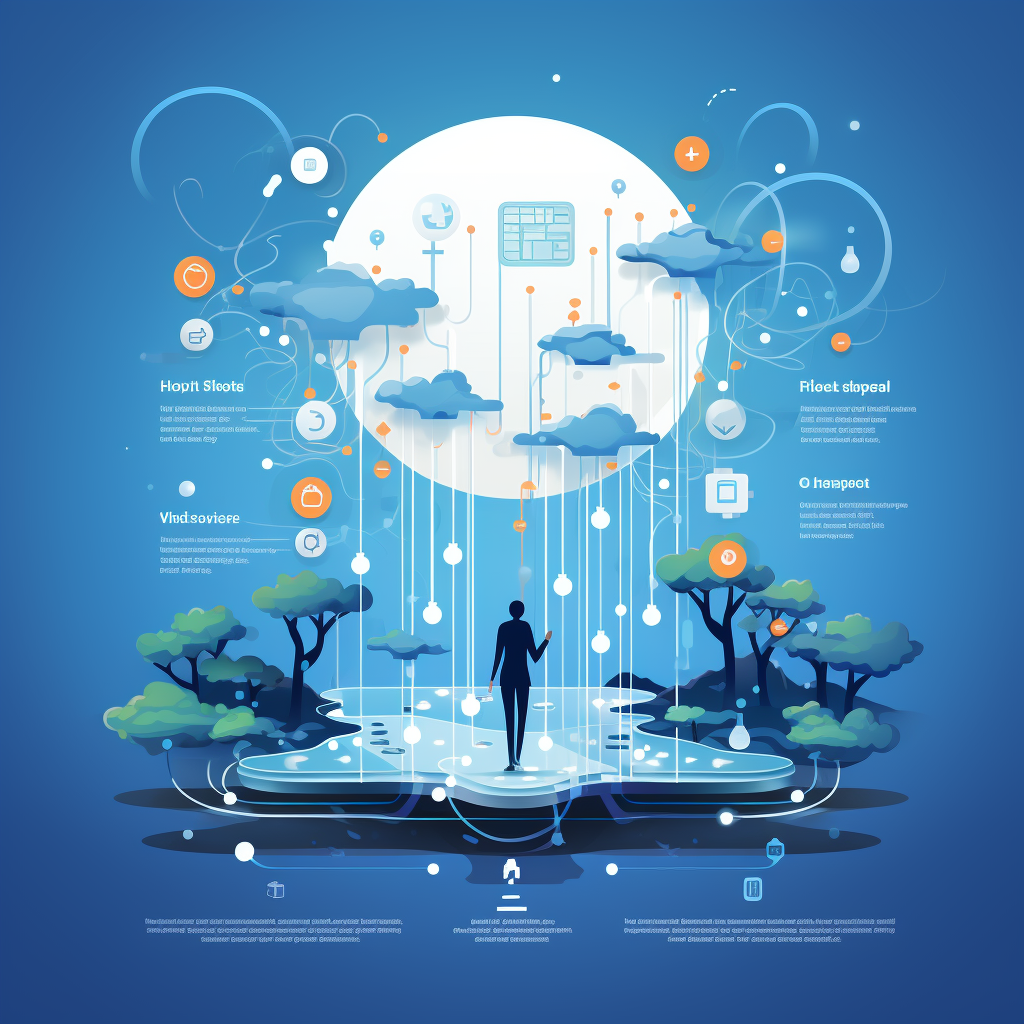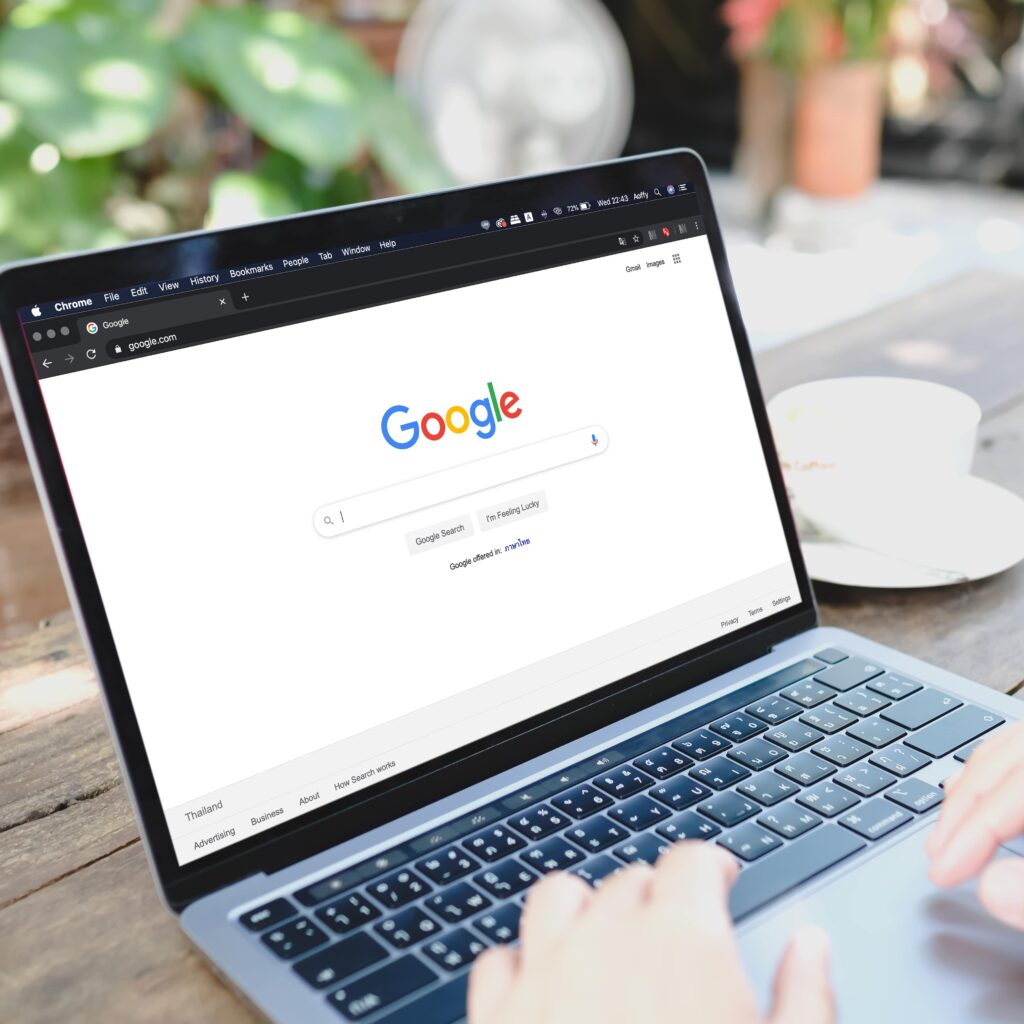Pengenalan Asas Tentang AI
Sebelum kita mendalami lebih lanjut tentang kecerdasan buatan atau AI, mari kita fahami dahulu apa yang sebenarnya dimaksudkan dengan AI. AI, singkatan kepada “artificial intelligence”, ialah kemampuan komputer atau mesin untuk meniru tingkah laku dan pemikiran manusia. Secara mudahnya, AI adalah teknologi yang membolehkan mesin “berfikir” dan “bertindak” seperti manusia. Contohnya, AI boleh membantu kita dalam banyak perkara seperti:
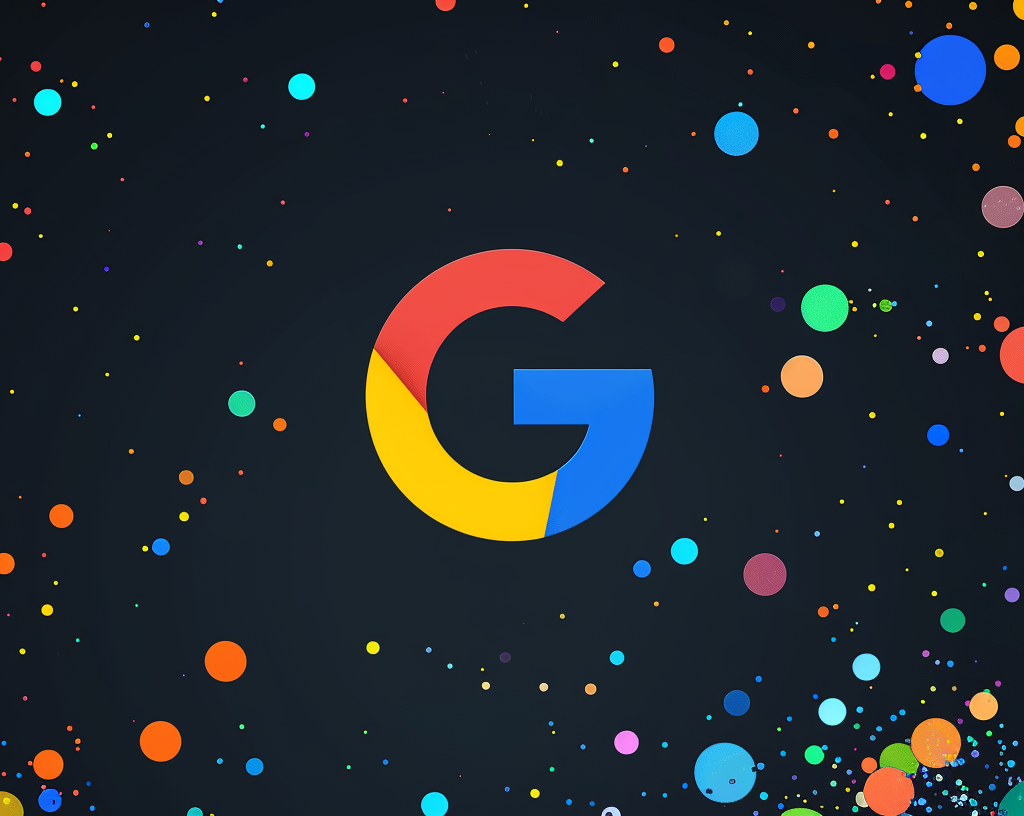
- Pembantu Maya:
Siri dan Google Assistant adalah contoh AI yang boleh menjawab soalan, memberi cadangan, dan menguruskan jadual harian kita. - Sistem Pengesanan Wajah:
Teknologi yang digunakan dalam telefon pintar untuk mengenali muka kita dan membuka kunci peranti. - Pemanduan Autonomi:
Kereta tanpa pemandu yang boleh memandu sendiri menggunakan AI untuk mengesan jalan, mengelak halangan, dan membuat keputusan semasa memandu.
AI berfungsi melalui gabungan algoritma yang kompleks. Algoritma ini membolehkan mesin memproses data, mengenali corak, dan membuat keputusan yang biasanya memerlukan pemikiran manusia. Contoh lain termasuklah aplikasi dalam perubatan di mana AI boleh menganalisis imej perubatan untuk mengesan penyakit lebih awal, atau dalam bidang kewangan untuk meramalkan trend pasaran dan menguruskan risiko.
Dengan teknologi AI, kehidupan seharian kita menjadi lebih mudah dan efisien. AI membantu dalam automasi tugas-tugas rutin, memberikan kita lebih masa untuk fokus pada perkara yang lebih penting dan kreatif.
Bagaimana AI Dilatih

Proses melatih AI (training) melibatkan dua komponen utama iaitu data dan model. Data yang relevan dikumpulkan dan digunakan untuk melatih model AI. Untuk memudahkan pemahaman, bayangkan proses melatih AI seperti mengajar kanak-kanak.
Sebagai contoh, untuk mengajar seorang kanak-kanak tentang rupa bentuk kucing, kita akan menunjukkan pelbagai gambar dan video kucing. Setelah beberapa lama, kanak-kanak itu akan mengenali rupa kucing. Proses yang sama juga berlaku untuk melatih AI. Model AI diberikan data yang banyak tentang kucing – gambar, video, dan maklumat terperinci tentang ciri-ciri kucing. Lama kelamaan, model AI akan dapat mengenali kucing dalam gambar baru yang belum pernah dilihatnya.

Selain daripada mengenal pasti gambar kucing, AI juga dilatih untuk pelbagai tugas lain seperti:
- Pengenalan Ucapan:
AI diajar untuk memahami dan menukar suara manusia kepada teks. Contohnya, asisten maya seperti Siri dan Google Assistant menggunakan data suara yang banyak untuk belajar dan mengenali arahan pengguna. - Pemanduan Automatik:
Kereta tanpa pemandu dilatih dengan data dari jutaan jam rakaman perjalanan. Data ini termasuk pelbagai situasi lalu lintas, keadaan cuaca, dan isyarat jalan. Melalui latihan ini, AI belajar membuat keputusan seperti memandu, memberhentikan kenderaan, dan mengelak halangan. - Diagnosis Perubatan:
AI digunakan dalam bidang perubatan untuk membantu doktor mendiagnosis penyakit. Dengan menganalisis data dari ribuan rekod perubatan dan imej perubatan seperti MRI dan X-ray, AI boleh mengenal pasti tanda-tanda penyakit lebih awal dan dengan ketepatan yang tinggi. - Terjemahan Bahasa:
AI dilatih dengan beribu-ribu dokumen dalam pelbagai bahasa untuk belajar menterjemah teks secara automatik. Alat terjemahan seperti Google Translate menggunakan teknologi AI untuk menyediakan terjemahan yang lebih tepat dan semulajadi.
Dengan melatih AI menggunakan data yang banyak dan pelbagai, kita dapat mencipta mesin yang bukan sahaja pintar tetapi juga berupaya membantu manusia dalam pelbagai bidang dan industri.
Apa yang AI Boleh Buat?

- Pengenalan Wajah dan Pengecaman
AI telah merevolusikan cara kita mengenali wajah dan melakukan pengecaman. Dengan teknik pengenalan wajah, sistem AI boleh mengenali individu berdasarkan ciri-ciri unik wajah mereka. Teknologi ini digunakan dalam keselamatan, seperti sistem pengawasan di lapangan terbang dan stesen kereta api untuk mengesan penjenayah yang dikehendaki. Di samping itu, aplikasi pengurusan kehadiran di tempat kerja juga menggunakan pengenalan wajah untuk memantau kehadiran pekerja secara automatik. - Penterjemahan Automatik
Penterjemahan automatik kini semakin penting dengan bantuan AI. Sistem penterjemahan mesin yang dibantu AI mampu menerjemahkan teks dari satu bahasa ke bahasa lain dengan cepat dan tepat. Contohnya, aplikasi seperti Google Translate menggunakan AI untuk menawarkan terjemahan dalam masa nyata, memudahkan komunikasi antarabangsa. Ini sangat berguna dalam sektor pelancongan, perniagaan global, dan juga dalam konteks pendidikan, di mana bahan pembelajaran dapat diakses dalam pelbagai bahasa. - Analitik Perniagaan
AI digunakan secara meluas untuk membantu perniagaan membuat keputusan. Dengan menganalisis data besar dan kompleks, sistem AI memberikan maklumat berharga kepada pengurus perniagaan untuk membuat keputusan yang lebih tepat dan berinformasi. Contohnya, dalam sektor runcit, AI boleh menganalisis corak pembelian pelanggan untuk meramalkan permintaan produk masa depan, manakala dalam kewangan, AI membantu mengesan penipuan dan mengurus risiko pelaburan dengan lebih berkesan. - Robotik dan Automasi
AI telah memacu perkembangan dalam robotik dan automasi. Dengan kecerdasan buatan, robot dapat belajar dan berinteraksi dengan persekitaran mereka. Contoh-contoh penggunaan robotik termasuk robot di kilang-kilang yang mampu memasang komponen dengan tepat, serta robot di hospital yang membantu dalam pembedahan dengan ketepatan yang tinggi. Di sektor perkhidmatan pelanggan, chatbot yang didorong oleh AI digunakan untuk menjawab pertanyaan pelanggan dan menyelesaikan masalah dengan segera. - Pengenalan Suara dan Pengecaman
Teknologi AI membolehkan pengenalan suara dan pengecaman yang lebih baik. Sistem AI boleh mengenali suara manusia, memahami perintah suara, dan memberikan respons yang sesuai. Contohnya, pembantu maya seperti Siri dan Google Assistant menggunakan teknologi ini untuk menjawab soalan, menghantar mesej, dan mengawal peranti pintar di rumah. Dalam perubatan, AI juga digunakan untuk mencatat nota klinikal berdasarkan arahan suara, menjimatkan masa dan meningkatkan kecekapan doktor. - Kenderaan Autonomi
AI juga memainkan peranan besar dalam pembangunan kenderaan autonomi, atau kenderaan tanpa pemandu. Dengan menggunakan pelbagai sensor dan algoritma pembelajaran mesin, kenderaan ini boleh mengesan dan bertindak balas terhadap persekitaran mereka. Syarikat-syarikat seperti Tesla dan Waymo sedang mengembangkan kenderaan yang boleh mengurangkan kemalangan jalan raya dan meningkatkan kecekapan lalu lintas. - Perubatan dan Penjagaan Kesihatan
AI telah membawa perubahan besar dalam bidang perubatan dan penjagaan kesihatan. Sistem AI digunakan untuk menganalisis imej perubatan seperti X-ray dan MRI untuk mengesan penyakit seperti kanser dengan lebih awal dan tepat. Selain itu, AI juga digunakan dalam penyelidikan perubatan untuk mencari penawar baru dengan menganalisis data genetik dan ujian klinikal.

Dengan pelbagai kebolehan ini, AI telah membawa transformasi besar kepada pelbagai industri dan mempunyai potensi yang tidak terhingga dalam meningkatkan kehidupan kita.
Walau bagaimanapun, seperti mana-mana teknologi, AI mempunyai kelebihan dan kelemahan yang perlu dipertimbangkan. Contohnya, walaupun AI dapat meningkatkan kecekapan dan produktiviti, terdapat juga kebimbangan tentang privasi data, kehilangan pekerjaan akibat automasi, dan isu etika dalam penggunaan AI.
Oleh itu, adalah penting untuk kita menggunakan teknologi ini dengan bijak dan bertanggungjawab.






